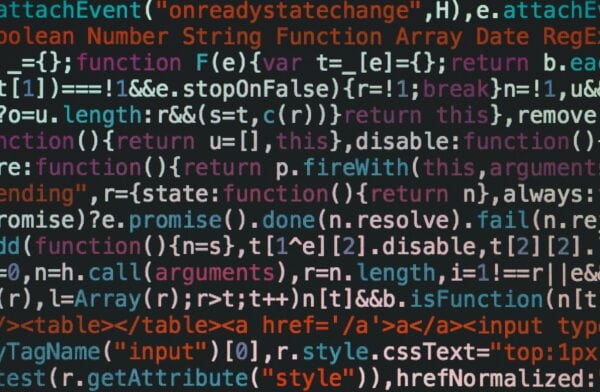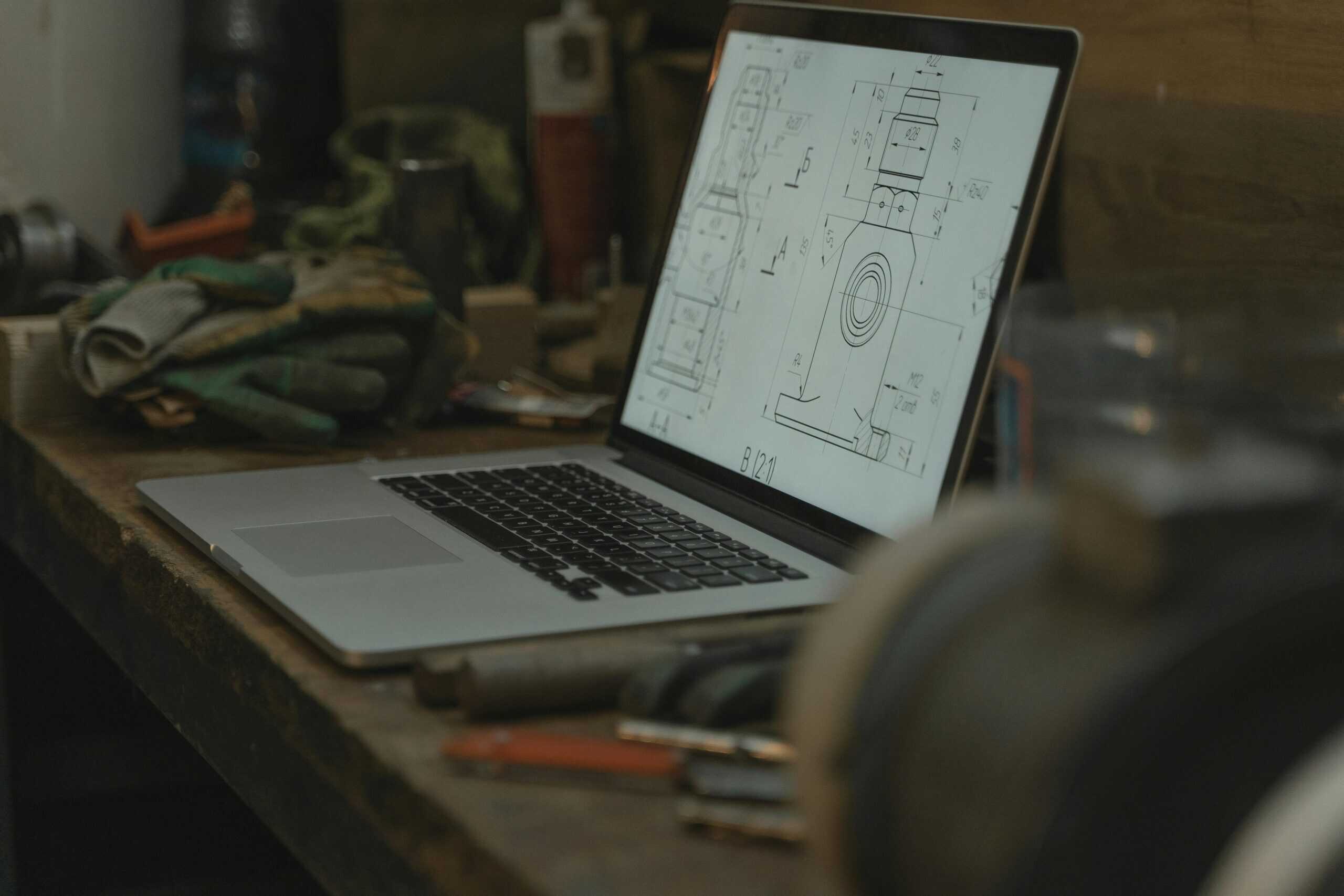Embracing the Digital Transformation
The dental industry has entered a new era of precision, speed, and consistency, driven by artificial intelligence (AI) and CAD/CAM technology. What once took hours of manual work can now be completed with the help of advanced digital tools that automate design, streamline communication, and improve accuracy. For dental labs, this means faster turnaround times, reduced errors, and the ability to handle more cases without sacrificing quality.
AI-Powered Design and Automation
AI has taken dental design to the next level. Software systems now use machine learning to analyze scans and automatically suggest ideal crown shapes, margins, and occlusal adjustments. These innovative systems learn from every case, improving accuracy over time. Tasks that used to require manual input—such as margin detection or model segmentation—can now be completed in minutes, freeing technicians to focus on fine-tuning esthetics and quality.
 Precision Through CAD/CAM
Precision Through CAD/CAM
Computer-Aided Design and Manufacturing (CAD/CAM) technology has revolutionized how restorations are produced. With digital design software, technicians can create restorations with exacting precision, simulate fit, and make instant adjustments before milling or printing. This reduces the need for remakes, minimizes waste, and ensures that every restoration meets high accuracy standards. Combined with AI-driven scanning systems, CAD/CAM workflows create a seamless bridge from digital impression to final restoration.
Efficiency and Workflow Integration
Integrating AI and CAD/CAM tools doesn’t just improve design—it transforms the entire workflow. Digital case management systems allow labs to receive scans directly from dentists, design restorations in-house or through remote teams, and send jobs straight to milling centers without manual intervention. This automation reduces communication delays, standardizes processes, and enables smaller labs to scale without increasing headcount.
Improving Collaboration Between Labs and Dentists
AI-enhanced digital tools also improve dentist-lab communication. Real-time case sharing, digital previews, and automated status updates eliminate guesswork and miscommunication. Dentists can instantly approve designs or request changes, thereby shortening turnaround times and improving satisfaction on both sides. As technology bridges the gap between chairside and labside, partnerships become more efficient and productive.
The Bottom Line
AI and CAD/CAM technology are no longer optional—they’re essential for modern dental labs striving to stay competitive. By embracing automation and digital integration, labs can increase accuracy, reduce costs, and deliver restorations faster than ever before. The labs that invest in these technologies today will be the ones leading the industry tomorrow.



